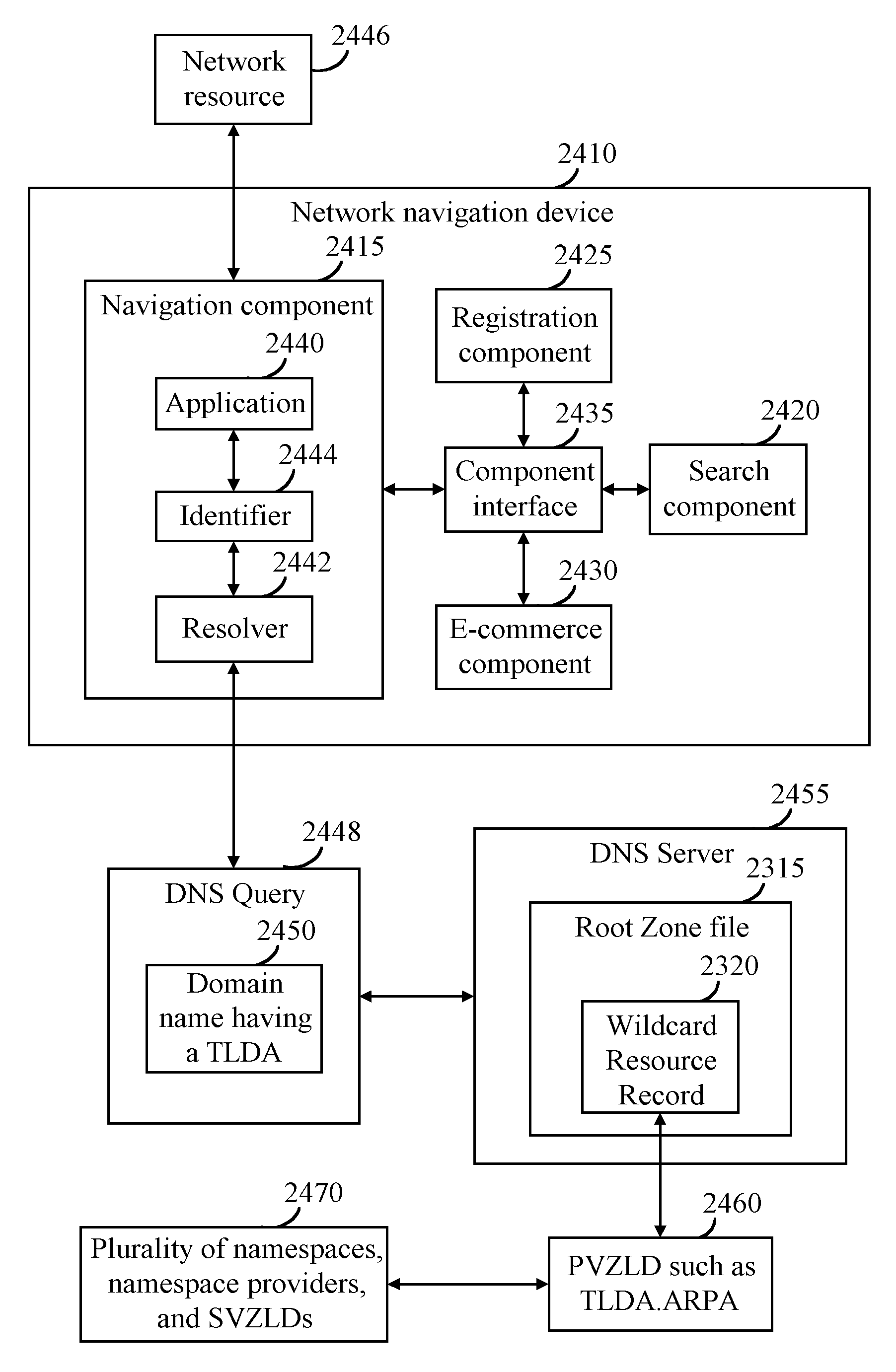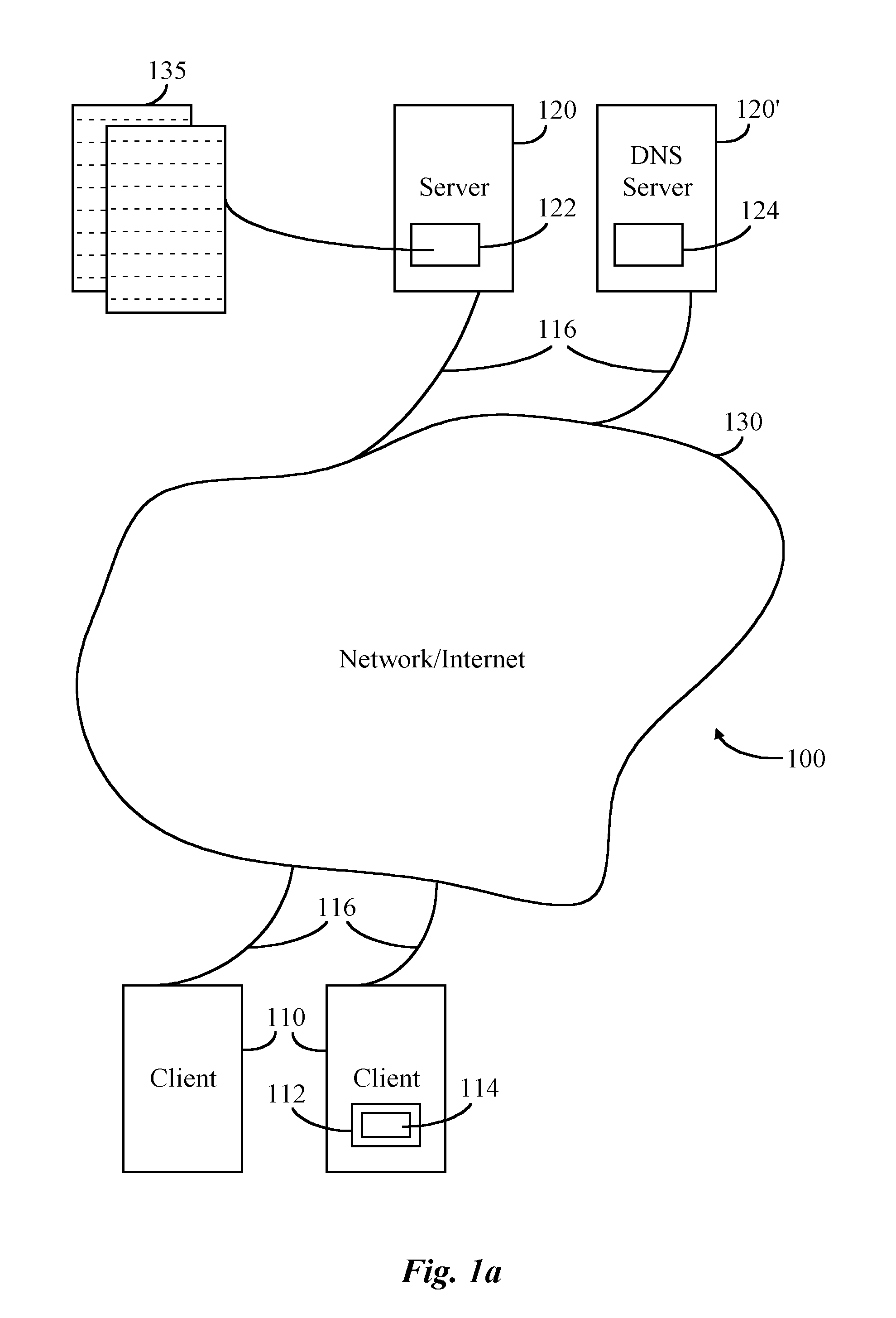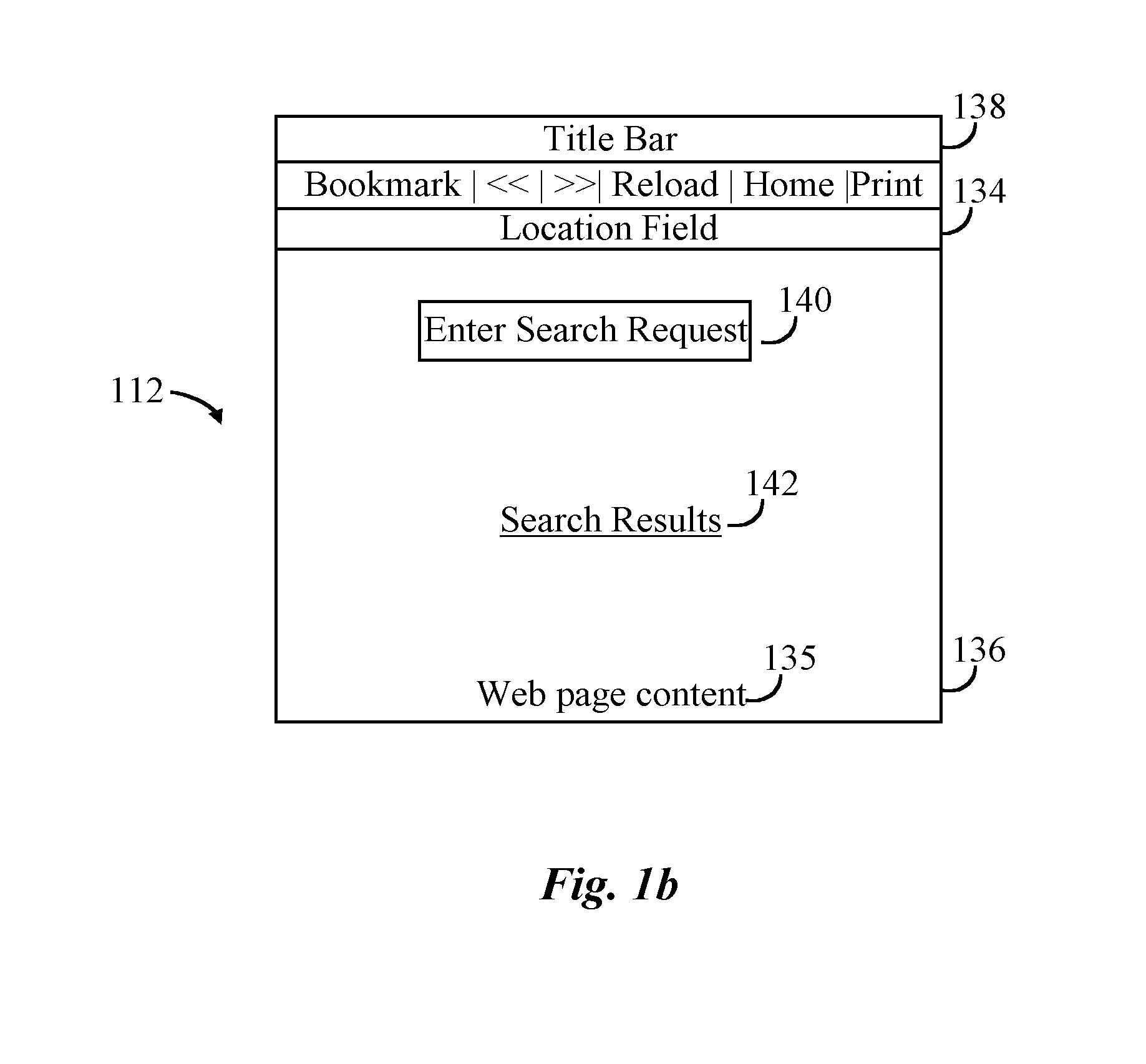As a result, exchange names were continually being reassigned causing
confusion and aggravation in communities throughout major cities in the country.
Finally, 5XX is a
server error.
All too often, such navigation tools can not always successfully access a network resource from an identifier for many reasons.
Some reasons may include:
domain name can not be translated into an
IP address, invalid
syntax, access denied,
payment required, request forbidden, object not found, method is not allowed, no response acceptable to
client found, proxy
authentication required,
server timed out waiting for request, user should resubmit with more info, resource is no longer available, server refused to accept request without a length,
precondition given in request failed, network
resource identifier is too long, unsupported
media type, retry after doing the appropriate action, internal server error, server does not support the functionality required to fulfill the request, error response received from gateway, temporarily overloaded, timed out waiting for gateway, attempt to redirect the navigation failed, and HTTP version not supported.
Commercial users and
trademark holders, however, find the current locality-based
system too cumbersome and complicated for commercial use.
Indeed, sites employing this domain may not be frequently visited.
It is widely acknowledged that the “.us” domain suffers from structural deficiencies and requires extensive reform.
The lack of a commercially viable
name space for the U.S. contributes directly to the demand for “.com” SLDs and the alleged critical shortage of gTLDs.
Accordingly, unless and until a TLD root nameserver, is referred to in the root
zone file, that nameserver will not be globally recognized on
the Internet and the names serviced thereby will not be universally resolvable.
Furthermore, the arbitrarily limited number of TLDs has created a severe shortage of desirable domain names in the “.com” registry, leading to substantial pent-up demand for alternative
domain name resources.
Customers registering second-level domains in alternative TLDs cannot be reached by other
Internet users because these domains, which are not listed in the root
zone file, cannot be resolved by other Internet DNS name servers.
As a result, competition has been unable to offer a commercially viable registration service in its TLDs, and has been unable to effectively compete in the
domain name market.
This is a technical constraint inherent in the design of the DNS.
Therefore it is not technically feasible for there to be more than one root in the public DNS.
Though the VIR is the sum of the
consensus between all root zones on the public Internet, the VIR cannot support conflicting TLDs.
To date, there are no known services that harmonize resource discovery services during DNS resolution.
Though the white paper proposes a promising vision of resource discovery unification, it still remains unclear as to how this proposed new layer will communicate seamlessly with the DNS, a common problem shared by the increased proposal of other similar resource discovery services.
However, they are not supported in the global DNS.
Performing this technique in a gTLD
zone file would cause conflict enabling the Registry to bypass competition among multiple registrars in this very public component of
the Internet's underlying technology.
Furthermore, due to the global public nature with respect to the root zone file of the single, authoritative root DNS server or any other root DNS server for that matter, a wildcard resource
record never been used in a root zone file.
Though all input identifiers having only a “.”
delimiter have only recently been configured to pass from the autosearch to a RealNames keyword
resolver, the only further
processing currently implemented is limited to that of IDN resolution only with the display of an
error message for all other input.
Currently, there are no known tools to adapt the
web browser or similar network navigation device to be ENUM enabled.
Though the E.164 identifier holds great promise, the expression of the identifier is based on an
international standard that may be awkward and unintuitive for quick
adaptation by the public.
While the proposed solution could work, it requires major changes to
the Internet as it exists today.
Though alternative roots have surfaced to provide alternative TLDs, such services are criticized by supporters of the single root that such implementations disrupt DNS stability and fragment the Internet.
However, the same critics encourage competition under the assumption that all such competition will inevitably threaten the stability of the DNS.
There has long been an unfulfilled need for
processing domain names having TLDs that are not resolvable by a single authoritative public root.
Though alternative root servers have been deployed to recognize alternative TLDs, there has been little incentive by industry to move in this direction for concern that using such domain names would confuse the public, fragment the Internet, etc.
 Login to View More
Login to View More  Login to View More
Login to View More 


